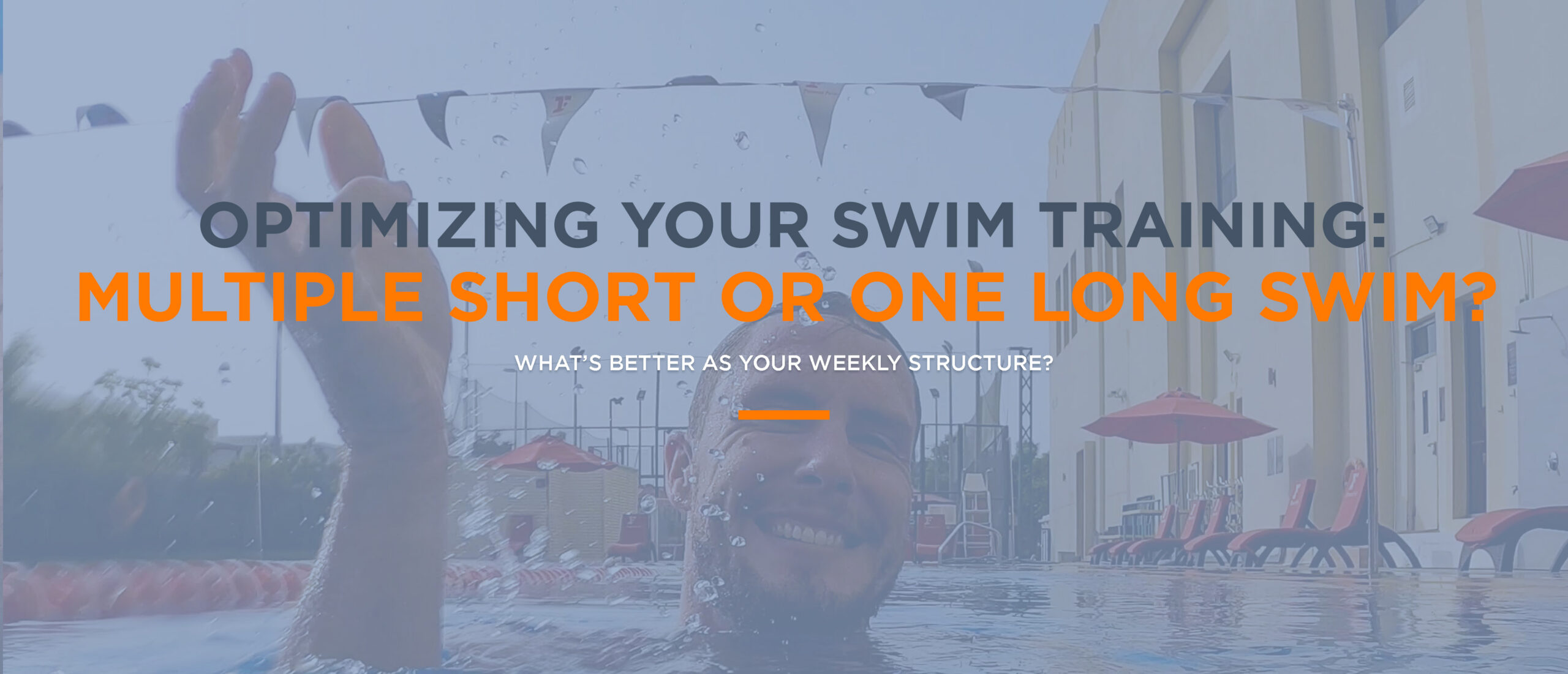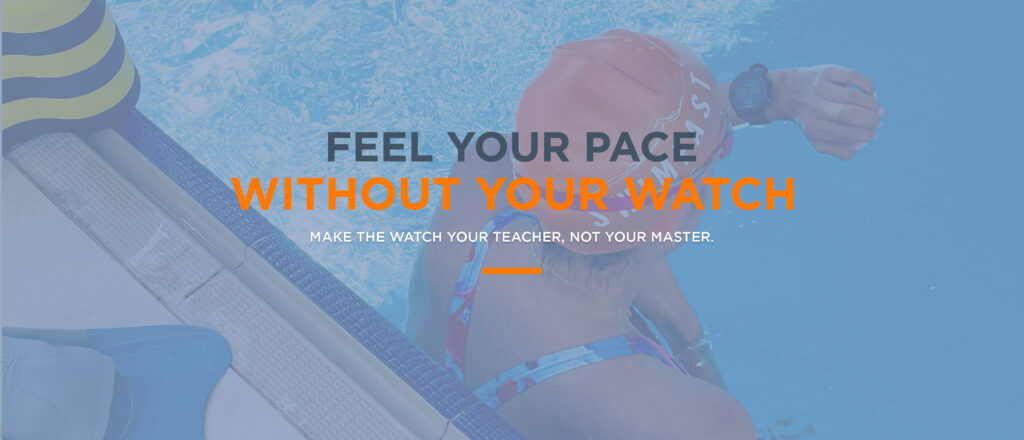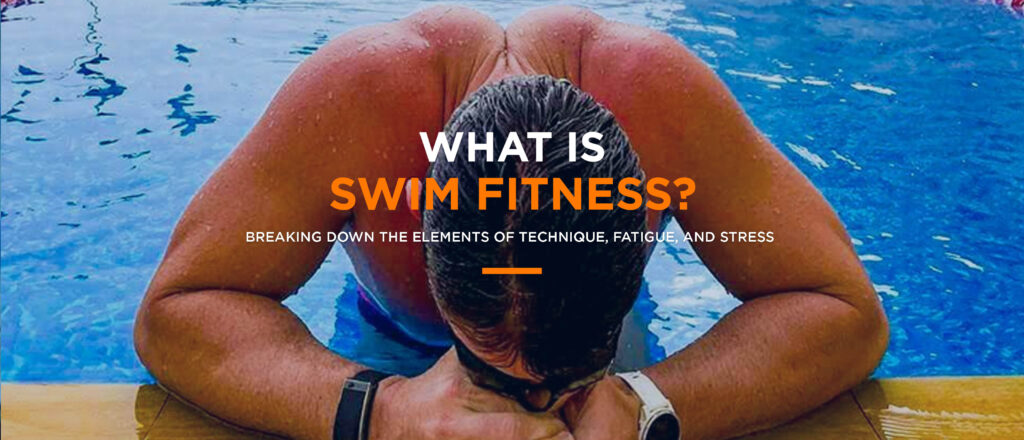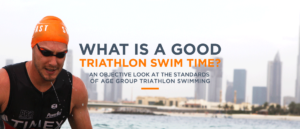Hey Team,
Have you ever wondered whether one longer swim per week is better than multiple short swims? This question is common among both beginners and experienced athletes, and the answer isn’t as straightforward as you might think.
In this blog post, I will briefly explain why I have seen my athletes have better success with multiple short sessions over one long session each week. I’ll also discuss a few caveats to help you make the best choice for your swim training.
Consistency and Feel
The first reason for favoring multiple short swims is consistency and feel.
Consistency is the key to progress in swimming.
To improve, you need to develop what we call “feel” for the water – the ability to interact effectively with it.
Feel helps you maintain balance, alignment, and positioning in the water. Consistency in shorter, more frequent sessions helps you maintain this feel. Going too long between sessions (typically 48-72 hours) can lead to a loss of that connection.
Frequent, shorter sessions help you retain that vital feel for the water, ensuring better technique habits get built, ultimately setting you up for more progress.
Quality Over Quantity
Quality matters more than quantity when it comes to swim training for AG Triathletes.
Prolonged sessions can lead to muscular fatigue and decreased movement quality, especially if you are not great at pacing. As a result your stroke may deteriorate, and you might end up reinforcing bad habits.
A good swim workout may challenge your stroke towards the end of a set, but endless repetition of poor form won’t do much for you on race day.
While we need volume (quantity) to prepare for specific events like an Ironman, a focus on shorter, higher-quality sessions will help you develop better technique.
Caveats to Consider
While multiple short swims are generally the better option, there are exceptions:
- Race-specific training: If you’re preparing for an Ironman race or any long-distance swim race, you’ll need to build distance tolerance and muscular endurance. Swimming for extended periods is essential to prepare for the race’s demands.
- Pool time and availability: Sometimes, scheduling constraints make it difficult to fit in frequent short sessions. If you find that a 1-hour swim takes almost as long due to travel and preparation, a longer session might be more practical. Work towards swimming three times a week for noticeable progress.
My Verdict
The answer to the question of whether one long swim or multiple short swims are better depends on your goals and circumstances.
➜ Generally, frequent shorter swims are ideal for maintaining feel, consistency, and high-quality technique.
➜ However, if you’re training for a long-distance event or face time constraints, longer sessions can be necessary.
Ultimately, the key is to find the right balance that suits your specific needs and goals. Remember, the best results will come when we make incremental progress over a long period. Finding what works best for you is essential to staying in the game long enough to see the results of your hard work.
~ Rory





